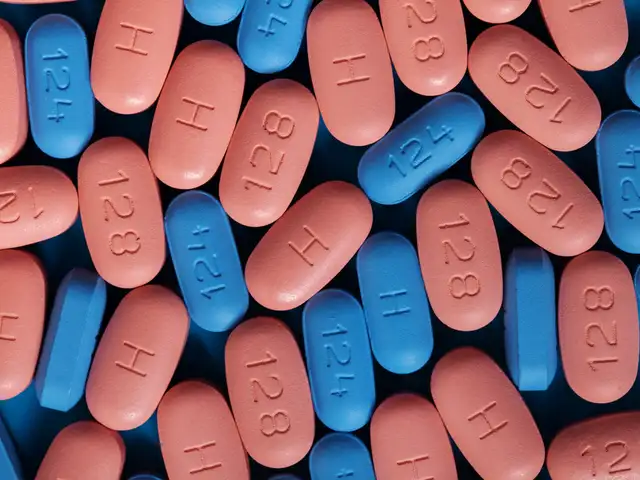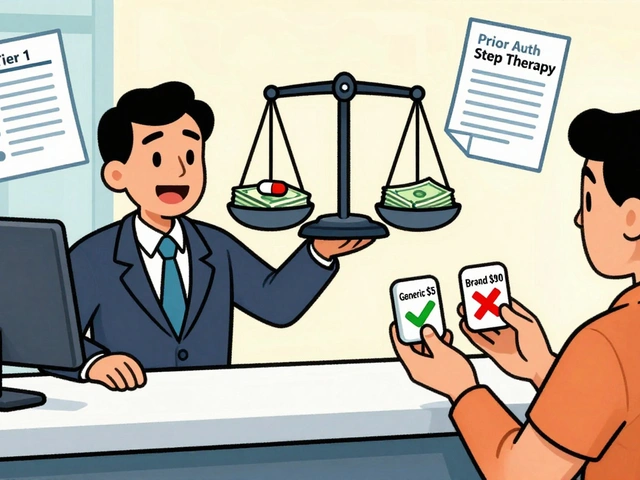Everything You Need to Know About Nasal Decongestants
Got a stuffy nose and need quick relief? A nasal decongestant can clear the airways in minutes. These products shrink swollen tissue inside your nose, letting you breathe easier. Below you’ll find the basics, how to pick the right one, and safety pointers you shouldn’t ignore.
How Nasal Decongestants Work
Most decongestants shrink blood vessels in the lining of your nose. When the vessels narrow, the swelling goes down and the blocked passage opens up. You’ll feel the difference fast, often within five minutes of a spray or pill.
There are three common forms:
- Sprays or drops – go straight into each nostril. They act the quickest and stay localized.
- Oral tablets or liquids – travel through your bloodstream. They help whole‑body congestion, like a cold that makes your sinuses and chest stuffy.
- Nasal gels – a newer option that sticks to the lining and releases medicine slowly.
Active ingredients you’ll see most often are oxymetazoline, phenylephrine, and pseudoephedrine. Oxymetazoline and phenylephrine are typical in sprays, while pseudoephedrine is the main oral decongestant.
Choosing the Right Product
First, decide how you need relief. If you’re fighting a single night of a cold, a spray is usually enough. If you have a sinus infection that’s also giving you a fever, an oral tablet might work better.
Next, check the age rating. Children under six generally shouldn’t use spray decongestants unless a doctor says so. For kids older than six, look for a lower‑dose version.
Watch the duration label. Sprays are powerful but can cause rebound swelling if you use them more than three days in a row. That’s called “rhinitis medicamentosa,” and it makes the nose even more blocked. If you need relief for more than a few days, stick with an oral option or talk to a pharmacist.
Price matters too. Many store brands have the same active ingredients as name‑brand sprays, so you can save money without losing effectiveness.
Finally, look for any health warnings. If you have high blood pressure, heart disease, glaucoma, or are pregnant, avoid oral pseudoephedrine unless your doctor clears it. Sprays are usually safer for these conditions because they stay mostly in the nose.
When in doubt, ask a pharmacist. They can match a product to your symptoms, age, and medical history in seconds.
**Quick safety checklist**:
- Don’t use spray decongestants longer than three days.
- Follow the exact dose on the label – more isn’t faster.
- Keep the tip clean to avoid spreading germs.
- Store medicines out of kids’ reach.
- Stop using if you notice ringing in your ears, fast heartbeat, or severe headache.
If any of those side effects show up, or if your congestion lasts more than ten days, see a doctor. Persistent blockage can be a sign of an infection, allergies, or structural issues that need professional care.
Beyond medicines, simple home tricks can boost relief. A warm shower, saline rinse, or a humidifier adds moisture that eases swelling. Combine these with a short‑term decongestant for the fastest clear‑up.In short, nasal decongestants are a handy tool for getting breathing back on track quickly. Pick the form that fits your situation, watch the usage limits, and you’ll avoid the common pitfalls. Stay aware of your health conditions, and when you’re unsure, let a pharmacist or doctor guide you. Your nose will thank you.

How to Talk to Your Doctor About Oxymetazoline Hydrochloride
Learn how to discuss oxymetazoline hydrochloride with your doctor, covering dosage, side effects, contraindications, and safe alternatives in a clear, step‑by‑step guide.





